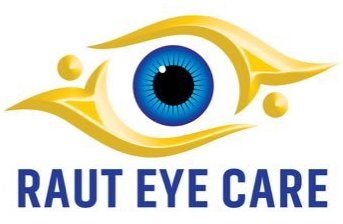
Ultrasonography is a non-invasive imaging technique that uses sound waves to create a picture of the inside of the body.Ultrasonography is commonly used to diagnose and monitor conditions of the eye, such as glaucoma, macular degeneration, and retinal detachments.
Ultrasound waves are sent into the eye and bounce back off different structures, allowing the doctor to see the shape, size, and position of structures in the eye.It is fast, relatively painless, and does not involve exposure to radiation.
Ultrasonography is a valuable tool for detecting abnormalities in the eye, such as tumors, cysts, and foreign objects.






